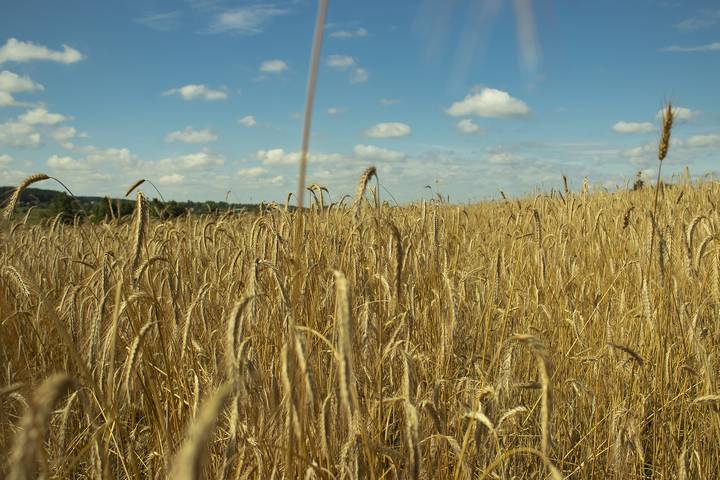
How to Use Technology to Harvest Grain
Farming is one of the oldest jobs in our collective history. The ability to grow and cultivate foods remains key for the present and future. Farmers employ use various techniques to make sure their operations are successful. However, different types of farming may require unique methods altogether.
A grain farmer, for example, may have different methods of harvesting compared to one working with livestock. As a result, these methods have to be as meticulous as possible to lessen the potential for bad crops. One of the best ways to harvest grain is with technological equipment. The modern technology solutions make grain farming more efficient and productive.
Here is a guide on how to harvest grain with technology:
When to harvest grain
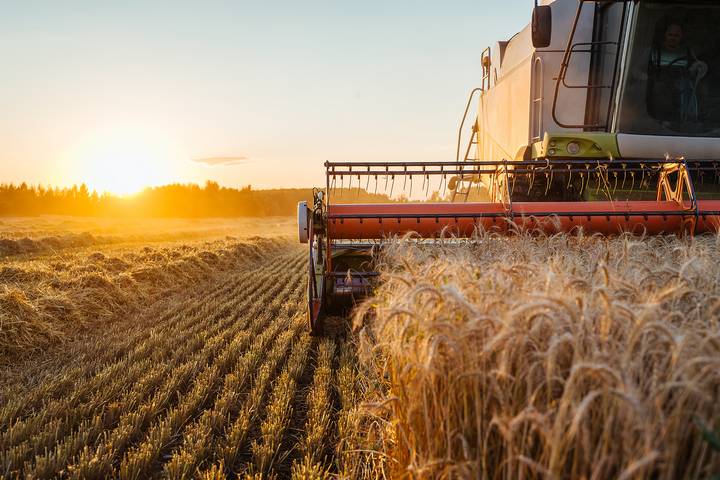
Farmers know how important the season is for a respective year. If crops are grown at the wrong time of the year, a harvest may not be of good quality. To be on the safe side of things, a grain farmer must consider various seasonal factors. One of the most important ones includes moisture levels.
The moisture inside the air will be pivotal in ensuring grain crops grow accordingly. Wheat, for example, may dry quicker when growing at a lower moisture level. It is important to determine the air levels, so grain growth will not be impeded. Then, a quality grain can be harvested down the line.
Moisture and grain
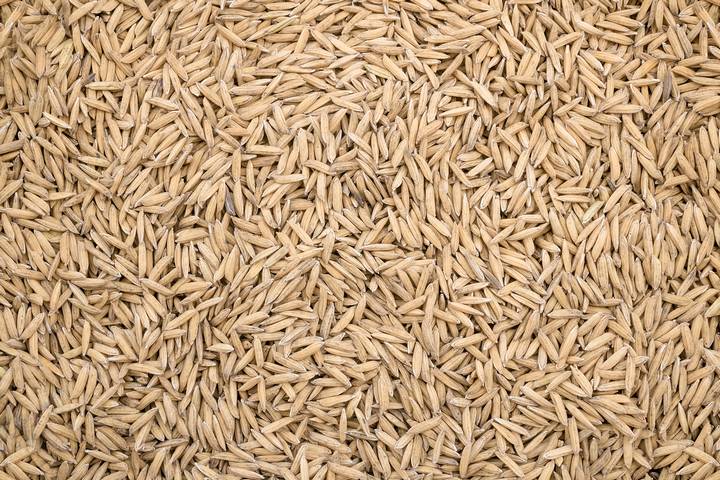
The moisture above levels becomes all the more important when considering quality crops. Most grain farmers will try to harvest their grains at a moisture level of twenty percent. Moisture can be regulated using modern technology like grain bin moisture monitoring systems.
To ensure that the growth is accelerated without any barriers, artificially drying it may be ideal. Not only does this help with double crop planting, but it also helps to maintain a grain’s overall quality. In addition, artificially drying the crop helps achieve a maximum crop yield. This refers to how much wheat and double crop products can be harvested under the right conditions. Moisture levels play a role, but it is even more important than you’d think!
Technology to harvest grain
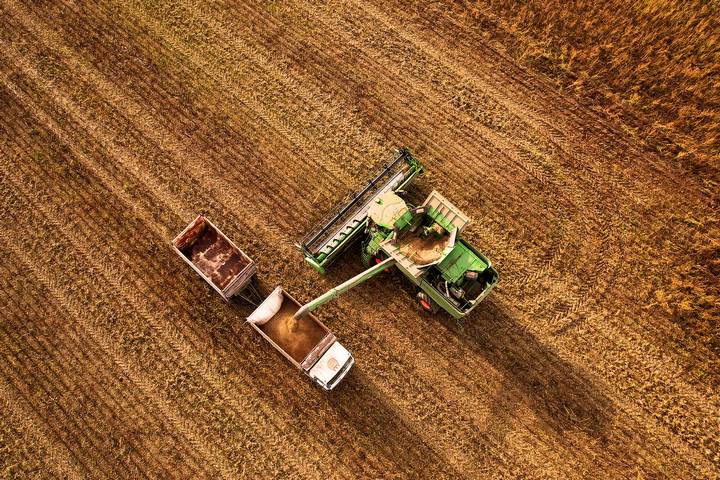
The equipment and machinery you use to harvest your grains will be crucial to keep them in good condition. When it comes to certain ones, such as the combine, you will have to always check the settings. If it is not used for a set amount of time, the settings may not be ideal for current operations.
For starters, you want to ensure airflow across the sieves is clear and transparent. This allows the combine to get clean samples during harvesting. Moreover, always double-check the combine for grain loss. As long as you make a few adjustments, you can prevent this from occurring. Check your combine’s instruction manual for more tips on how to do so.
Harvesting angles
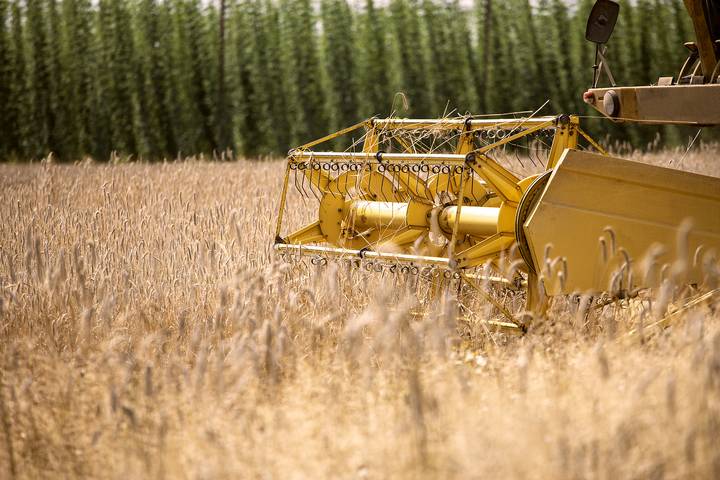
During the use of your combine, you may want to employ various tactics and strategies. Harvesting your grain field in one specific way may not yield the number of quality crops you prefer. Instead, you will want to try out different angles when using the combine on the field.
Doing this will eventually discover where the header best picks up your grain crops in the field. You can also make further adjustments to the combine’s settings when trying out various angles. Just be sure to always make the reel turn faster than your ground speed for an efficient harvest.
Removing bad seed
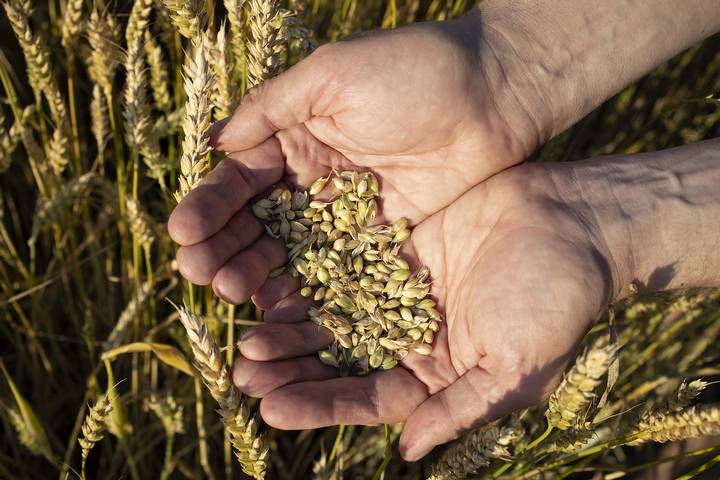
Not all harvesting sessions will be perfect. Sometimes, you may encounter bad seed crops, making the harvest a bit more difficult. When using your combine, there are a few tricks to prevent the harvesting of infected seeds. For starters, check the fan speed in the machine.
By increasing the speed on the fan, you will be able to remove infected kernels from the grains you harvest. Head scabs should always be strayed away from, as they can ruin a crop. Your combine’s settings should account for this as a result.
Grain storage
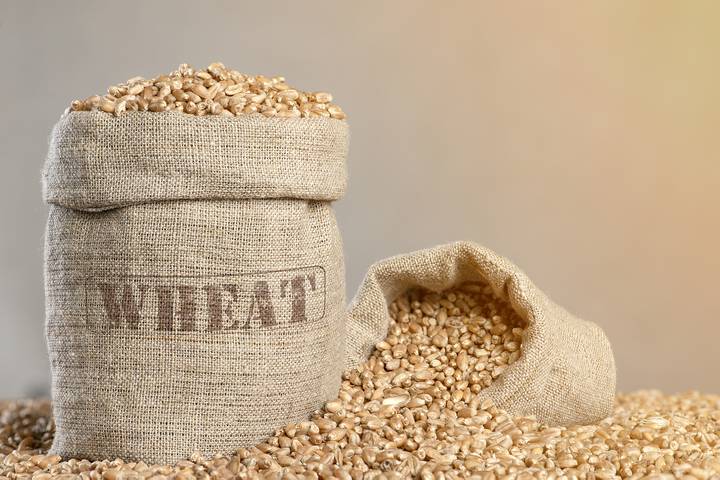
How you store your crops will play a crucial role. Harvesting your grain crops is one thing, but putting them away for safe keeping is another. So, you will have to ensure that your storage bins are cleaned and primed for your grains. Many farmers often complete their harvest through the use of air drying.
Air drying in storage will inevitably result in higher test weight and better quality overall. Make sure that the initial layer of the grain is dry before you fill out the remaining space in storage. All of these tips remain crucial for harvesting grain, and you will eventually reach your desired level of farming!

